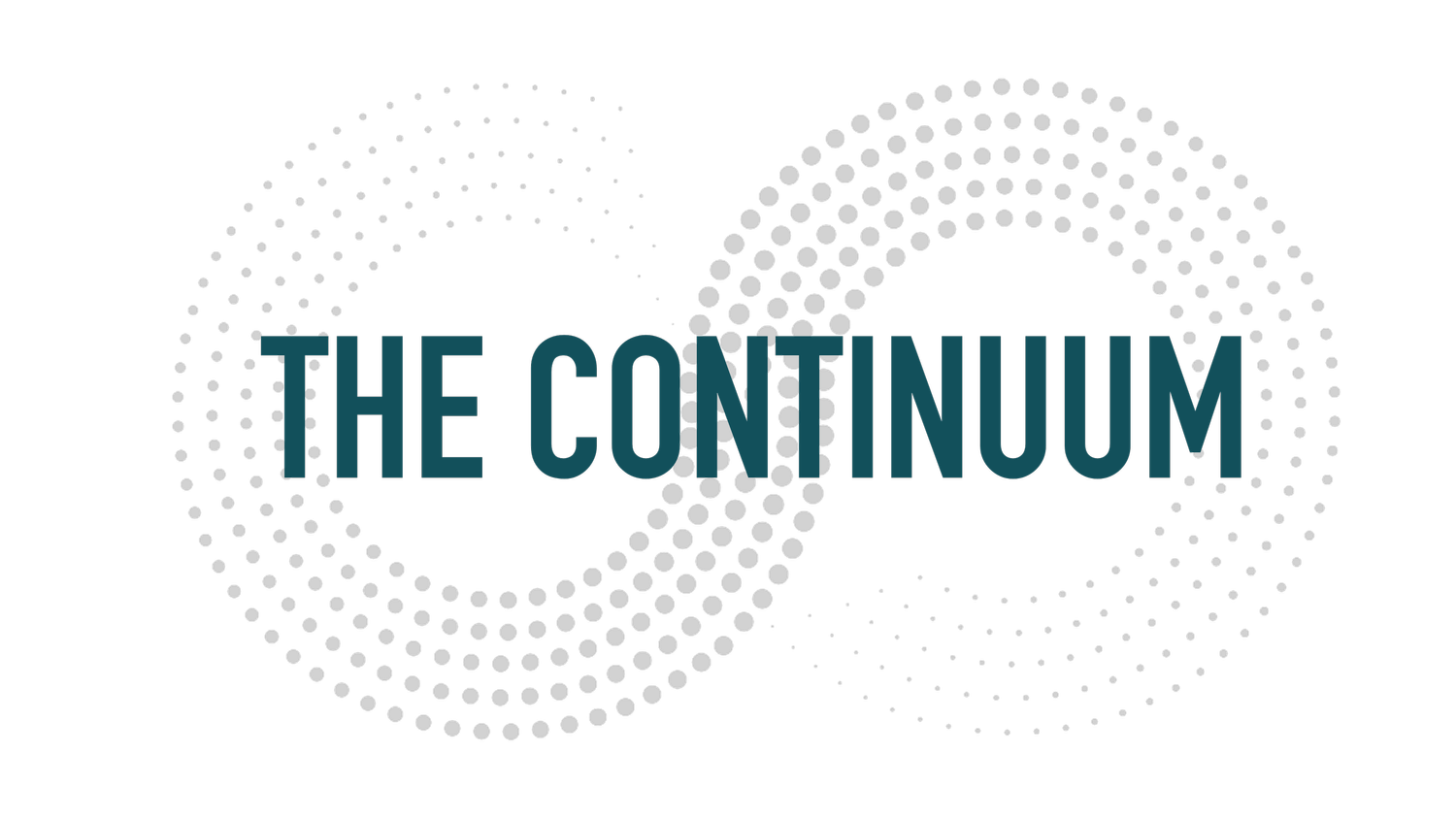The Ad Industry Is Rewriting Its Rules, And Flexibility Is Winning
It’s been almost two months since the advertising Upfronts and Newfronts were held in New York City, and everyone’s attention understandably turned quickly to Cannes. As we move into the last quarter of the year, however, our team is continuing to think about what we heard from legacy media, streaming services, and major tech brands. There is a lot to be learned from what the major players—from NBCUniversal to Amazon to Netflix to YouTube—are saying about the future of the industry.
The phrase that might best capture the mood of this year’s video advertising landscape was cautious optimism. While total video ad spend is projected to grow modestly—about 3–5% year-over-year—marketers remain risk-averse and are looking for agility and measurable ROI. The tone among those who attended was less about expansion and more about evolution.
Three Themes Emerge
Amid inflationary media costs, economic uncertainty, and rapidly changing viewer habits, the advertising industry continues to undergo fundamental shifts. Here are some of the changes that should guide our work moving forward.
Digital Video Is Having Its Moment
This year marks a seismic milestone: for the first time, digital video ad spend is set to surpass linear television, according to the IAB. Connected TV (CTV), retail media networks, and social video platforms have emerged as the channels of choice. Their ability to offer detailed targeting, closed-loop measurement, and on-demand flexibility makes them more appealing than ever. Linear TV still delivers value to advertisers by offering massive, real-time reach, especially during live events, which makes it a powerful platform for brand storytelling and cultural impact at scale.
Flexibility is Key and Buyers are in Charge
One of the biggest themes to emerge this year is that clients want the ability to pivot without penalty. Media sellers were once able to demand upfront, rigid commitments, but today’s cautious buyers are unwilling to lock in without an escape plan. While some clients may be willing to gamble by pursuing early commitments in exchange for low costs, many will be hesitant to take on large allocations. This trend has shifted the power dynamic and given buyers more freedom to negotiate.
Tech-Forward Media Offers More Flexibility
Tech-forward players like Amazon, YouTube, Samsung, and LG emphasized performance-based buying, optimization, and flexible spend. Their pitch: "Buy what works." These platforms are giving advertisers more control, more insight, and more ways to minimize risk.
Legacy networks continue to showcase the enduring power of tentpole content like the Olympics, the Super Bowl, award shows, and scripted franchises. These events still hold significant cultural and commercial value, particularly for brand storytelling at scale, but they come with less flexibility.
One area of convergence across both legacy and emerging platforms was shoppable and interactive content. In presentations, nearly everyone leaned into integrated experiences that blend music, gambling, real-time sports stats, and “watch-and-shop” innovations.
Three Things That Are Still Missing
Despite the progress, several critical gaps in the video advertising landscape remain.
Unified Measurement
While tools like Nielsen ONE, VideoAmp, and Comscore continue to jockey for dominance, no clear standard has emerged. The result is fragmentation and confusion, particularly around cross-platform ROI.
Transparency and Ethics
As platforms increasingly use AI for creative development and targeting, transparency around how these systems operate remains elusive. Marketers want the power of AI but not the black box that comes with it.
Commitment to DE&I
There was a notable drop in focus on inclusive media investment and supplier diversity compared to prior years. Revry stood out as a rare exception in championing this space.
The ad industry isn’t just evolving—it’s being rebuilt in real time. Buyer expectations have changed. Platforms are being held to higher standards. And flexibility, performance, and accountability have replaced glitz and guarantees as the defining values of the new media marketplace.
Quigley-Simpson, Media Investment Team
July 16, 2025
© 2025 The Continuum

